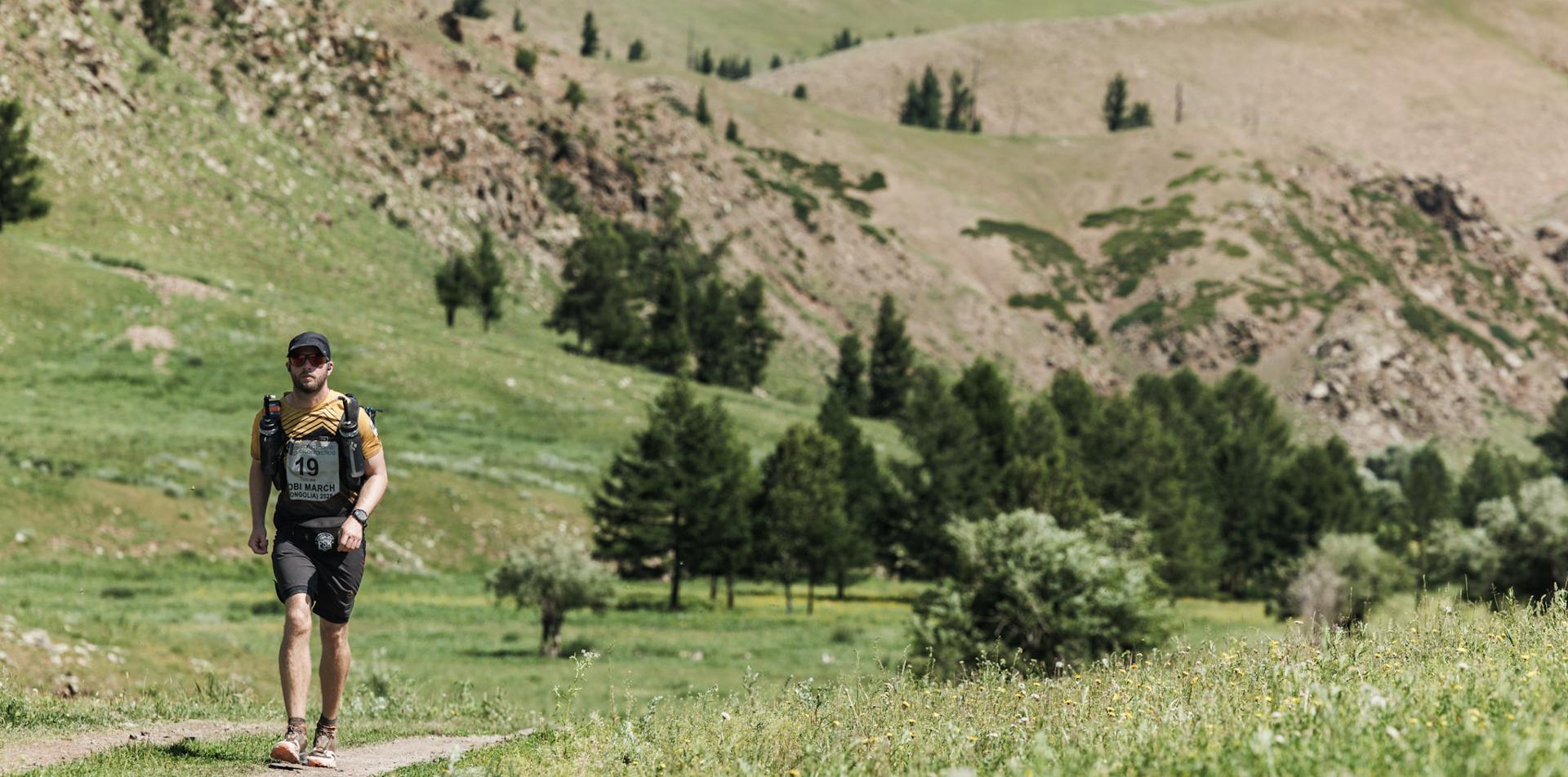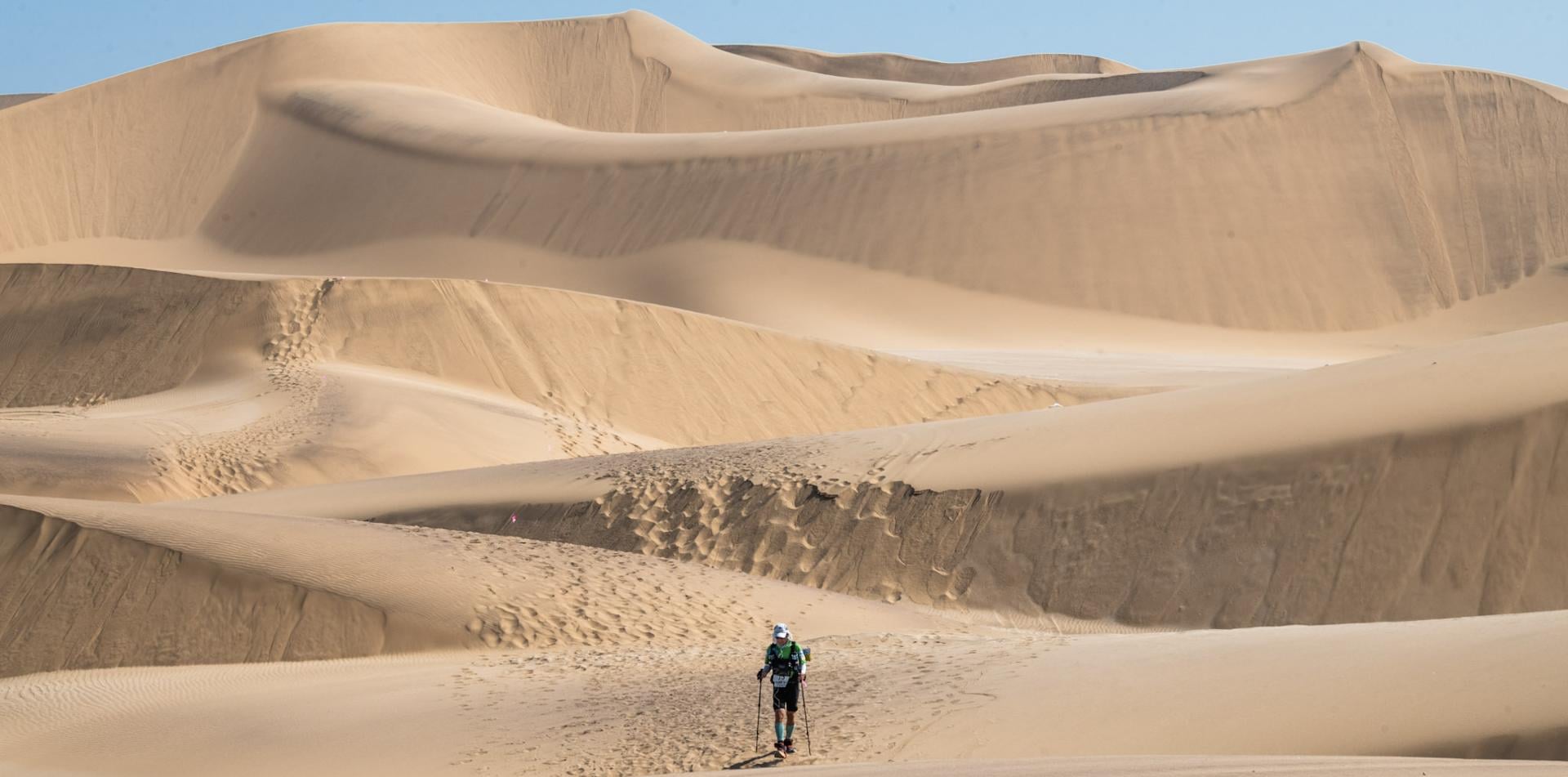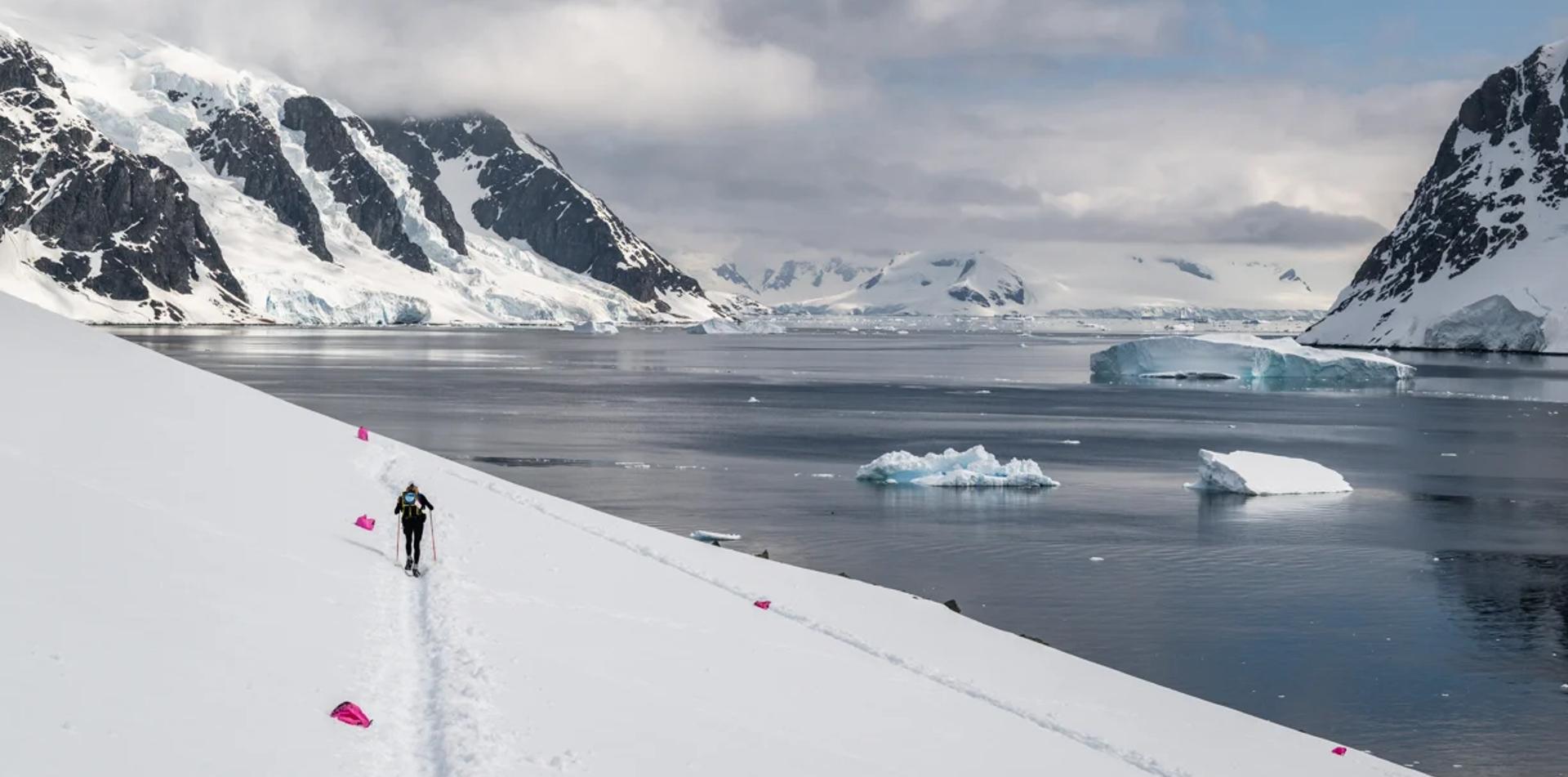Debrief on Baselayers
We're all aware now - mostly it seems through our mothers - that in order to stay warm, cool or generally comfortable in the Great Outdoors we should layer our clothing.
We've all seen the product descriptions of baselayers, midlayers and outerlayers, but do you actually know the theory behind the concept?
Are you layering wisely and not wasting money on clothes that might work against each other making you cold and clammy, or even overheat?
Why Layer?
When we exert ourselves our bodies sweat to regulate our temperature.
We cool down because the heat from our skin is absorbed by the water in our sweat during evaporation (latent heat).
The clothing we wear hinders the evaporation of sweat, so layering enables us to more finely control our body temperature.
You want your baselayer to wick away sweat, moving moisture away from the body into a breathable midlayer whence the water can evaporate.
Ideally your outerlayer should also be breathable too, (escpecially if your midlayer is being used as an expendable layer to cast off once you're too hot), but it's main function is to protect you from the elements.
Here we're focussing on the baselayer.

Do Not Wear Cotton
As it's next to the skin, the baselayer is the most important, and the golden rule is to never wear cotton when you intend to sweat, be it socks, underpants, bras or vests.
Cotton simply absorbs the sweat and holds onto it. It keeps the water next to your skin making you cold and clammy when you are trying to keep warm or interferes with efficient evaporation of sweat when you're hot.
Your Baselayer is for Moving Moisture Away from Your Skin
Understand that the baselayer is not for insulation, that's what your mid or outerlayer is for. Focus on wicking properties first and foremost.
What to Look for Apart from Wicking Capability
Fabric Technology - there are a multitude of technical fabrics out there now, and their wicking properties tend to work in two ways. Either the fabric is treated with a chemical - like Patgonia's Capilene, or the physical structure of the fabric gives it its wicking ability, like Marmot's Power Dry.
Comfort and fit - to be truly effective a baselayer should be close-fitting. Take a look at how flat the seams are - the last thing you want is your skin to be rubbed raw where your backpack shoulder straps or hip-straps etc will be sitting.
Also remember that smoother is better. The intense pain of nipple friction burn would ruin any man's day.
Odour control - If you are going to have to wear your baselayers for multiple bouts of exercise you need a non-pong fabric. Most brands' technical fabrics now incorporate some kind of chemical treatment to control odours, including Mountain Hardwear, ExOfficio, Patagonia and Marmot.
UV-Protection if needed - if you are going to be exposed to strong sunlight when you are out exercising in just a baselayer, then you want to consider its UV protection qualities. Marmot, Mountain Hardwear, Skins, ExOfficio, Patagonia and CW-X all have shirts that are UV protective.
A Note on Merino
Merino is very different from other technical fabrics. It's a sustainable fabric, with great temperature regulating and fantastic odour control properties. The new superfine weaves are comfortable against the skin, and have the added benefit of keeping you cool in the heat and warm in the cold.
Merino doesn't actually wick moisture, it can absorb a larger than normal amount of water and it holds it away from the skin, so even though it is damp, it doesn't make you feel clammy. If you know that you run hot, then maybe a synthetic fabric might be better for you, and note also that merino takes longer to dry than the man-made technical materials.
The market leader in merino baselayers is Icebreaker.
Compare all our baselayers in store:







 Newsletter
Newsletter
 Online Store
Online Store





